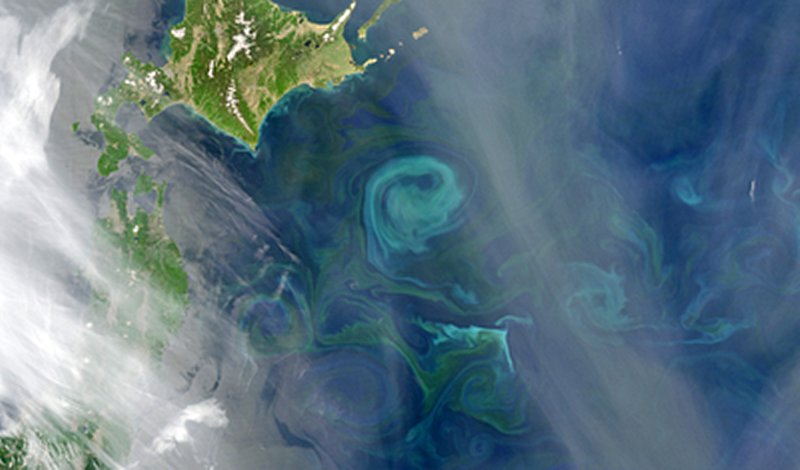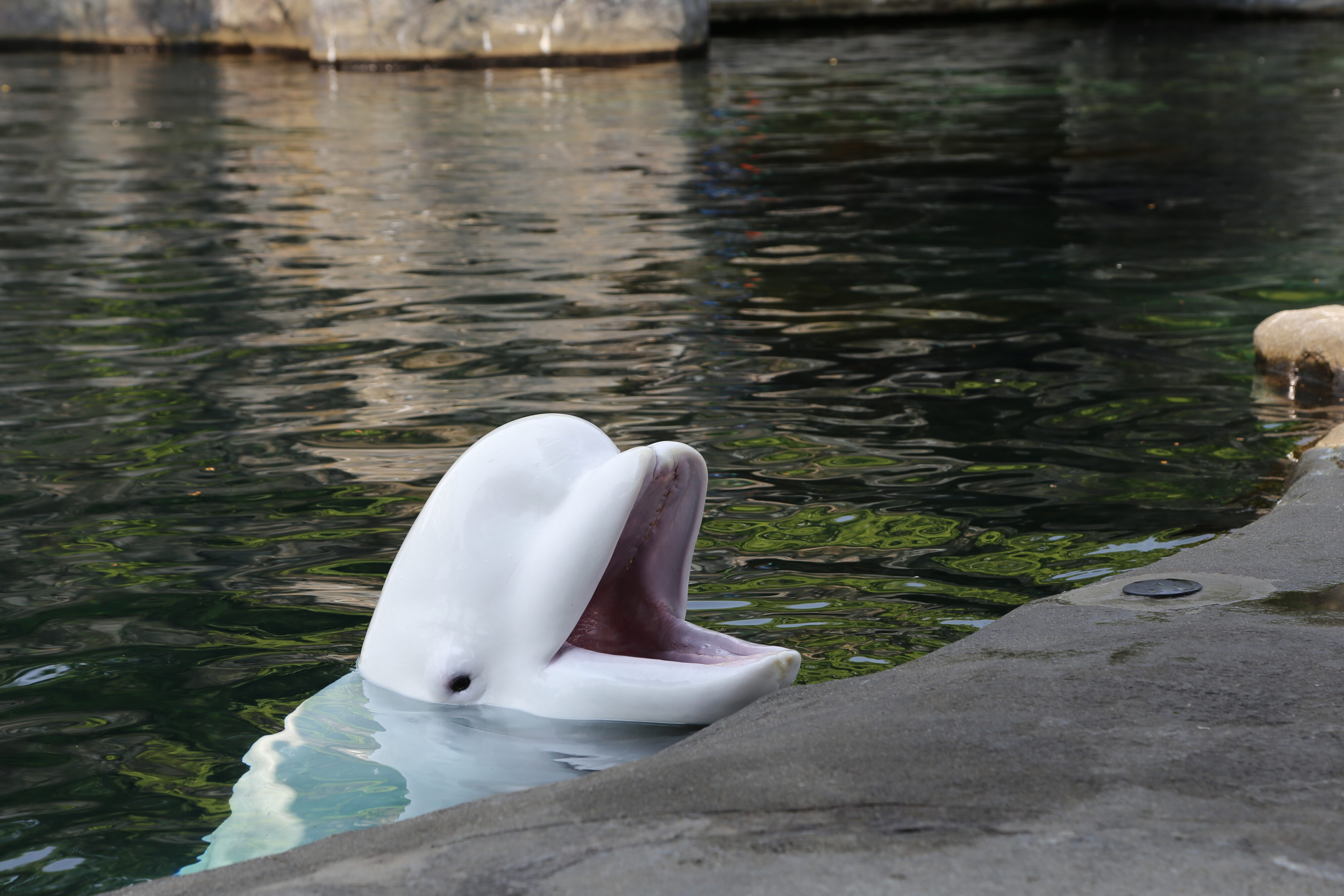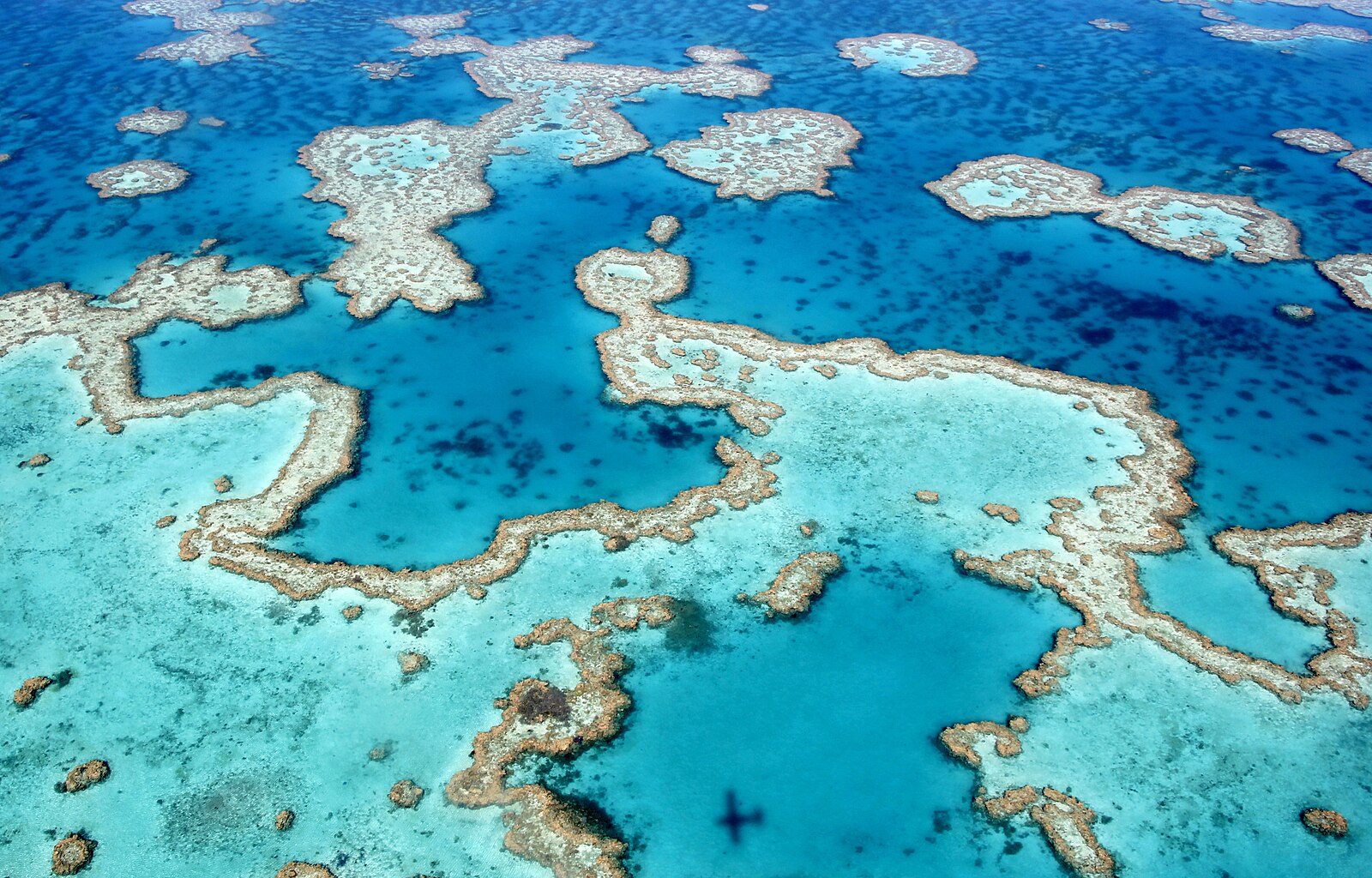
After Japan Nuclear Power Plant Disaster: How Much Radioactivity in the Oceans?

Among the casualties of the March 11, 2011, earthquake and resulting tsunami in Japan was the country’s Fukushima Daiichi nuclear power plant.
A result of the loss of electricity, overheating at the power plant led to significant releases of iodine, cesium and other radioisotopes to the environment.
Japanese officials recently raised the severity of the nuclear power plant incident to level 7, the highest level on the international scale and comparable only to the Chernobyl incident 25 years ago, says Ken Buesseler, a chemical oceanographer at the Woods Hole Oceanographic Institution.
“When it comes to the oceans, however,” says Buesseler, “the impact of Fukushima exceeds Chernobyl.”
Radionuclides in seawater have been reported from the Fukushima plant’s discharge canals, from coastal waters five to ten kilometers south of the plant, and from 30 kilometers offshore.
“Levels of some radionuclides are at least an order of magnitude higher than the highest levels in 1986 in the Baltic and Black Seas, the two ocean water bodies closest to Chernobyl,” says Buesseler.
He has been awarded a rapid-response grant from the National Science Foundation’s (NSF) Division of Ocean Sciences to establish baseline concentrations of several radionuclides in the Atlantic and Pacific Oceans.
























